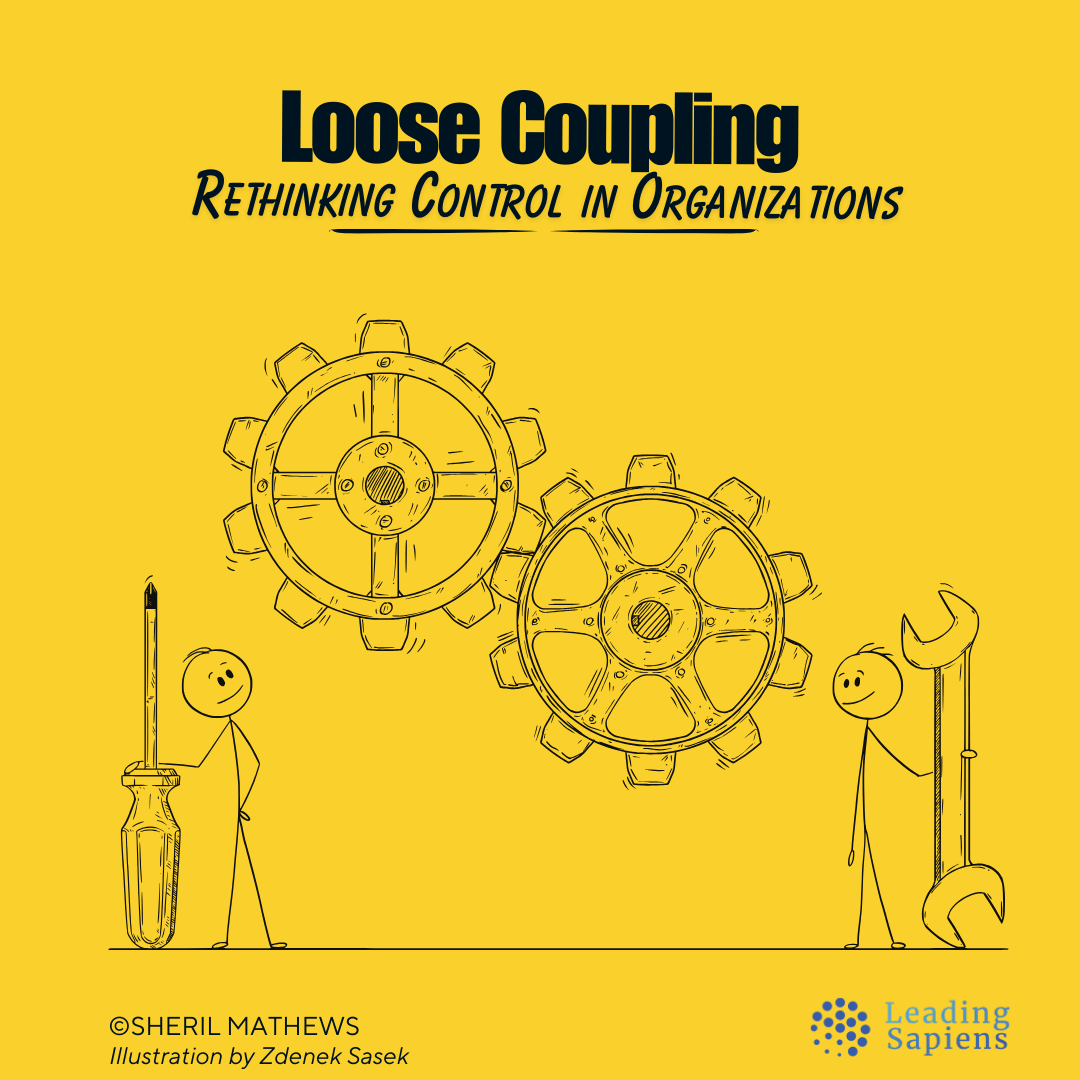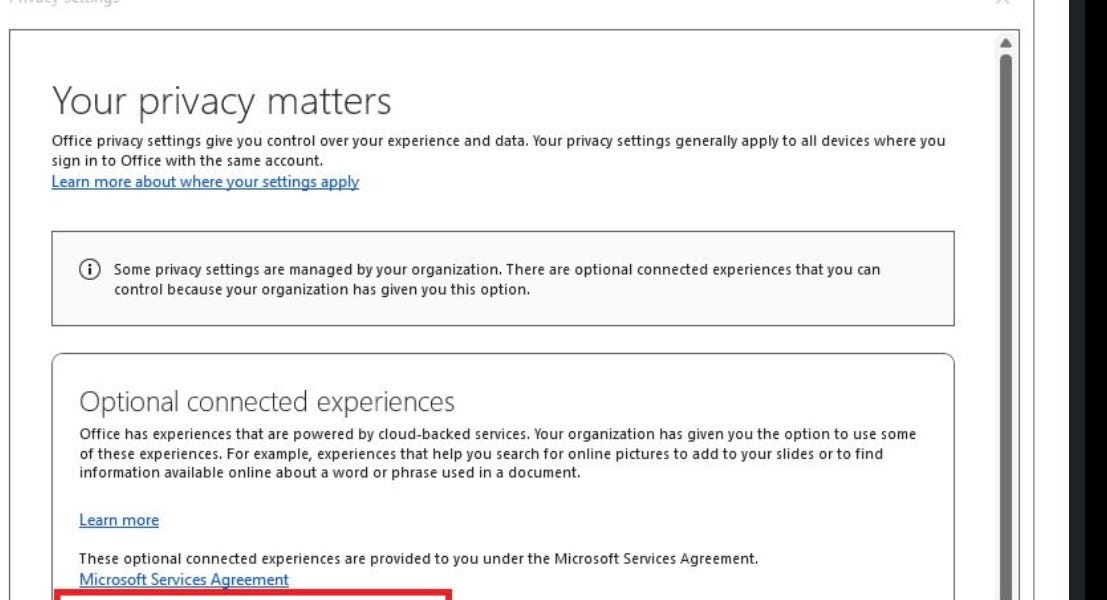
Loose Coupling: Rethinking Control in Organizations
Traditional management emphasizes strict control, clear hierarchies, and uniform processes. This approach, rooted in industrial-era thinking, promises efficiency and predictability. However, loose-coupling is a compelling alternative to traditional tightly-coupled approaches.
In this piece, I revisit Karl Weick’s notion of loose-coupling in organizations and its impact on control and flexibility. In part II, I examine how leadership differs in loosely-coupled organizations.
Every so often, I hear managers claim some version of “I run a tight ship.” This usually means they prefer strict control, clear lines of authority, direct oversight, and minimal deviation from established processes.
Running a “tight ship” is a natural tendency for high-performing leaders. It’s not inherently wrong, but doing it exclusively is limiting in complex environments that require high levels of adaptability.
It illustrates the importance of experimentation and flexibility. Bees, with their strict adherence to logic, fail to adapt, while flies, who are less constrained, find the exit. It shows how sticking to one mode of thinking hinders change, whereas loose coupling encourages improvisation and multiple routes to success.
















